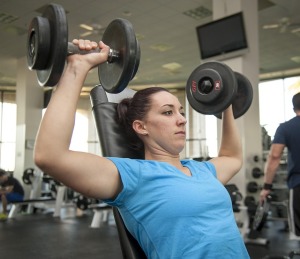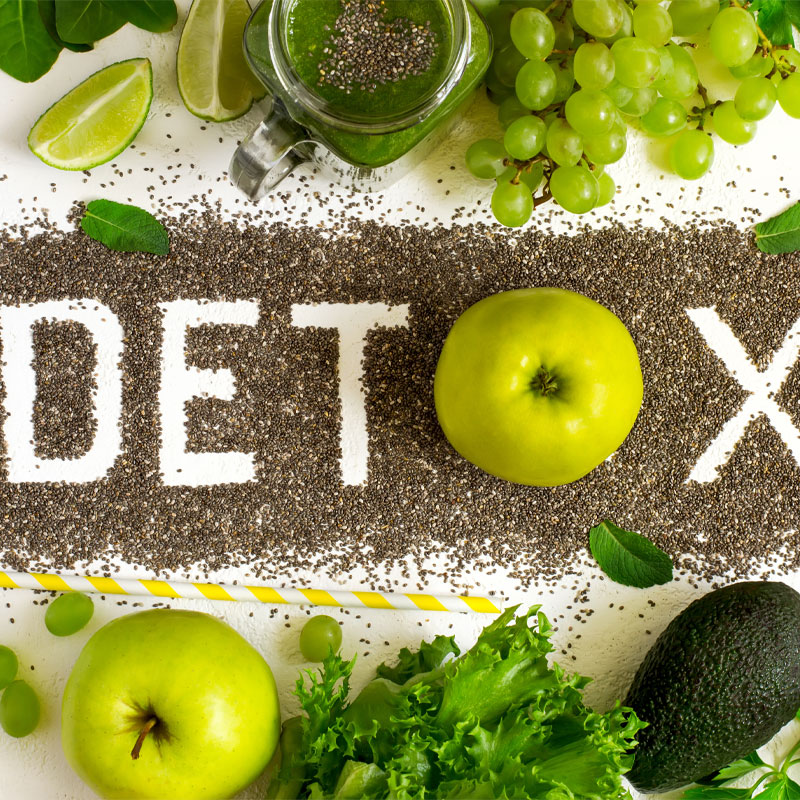In today’s fast-paced world, everyone is concerned with being healthy and happy; however, many people feel as if they do not have the time needed to exercise. Unfortunately, a daily fitness regime is necessary to remain healthy. There are many ways to get the exercise you need, including enjoying the outdoors, a traditional gym routine or functional exercise. When it comes to exercise, which is better-Traditional exercises or functional exercises? Let’s take a look at the difference between the two.
Differences between Functional Exercises & Traditional Gym Routine
A traditional exercise program is designed to improve physical fitness and flexibility, which helps to lower fat in the body, improve muscle tone and increase bone density. A functional exercise training program involves developing an exercise program that helps an individual perform daily activities like standing, bending, lifting and walking while helping to reduce the risk of injuries.
Traditional exercises focus on one type of exercise at a time. Furthermore, during weight training, you will target one major muscle group at a time. For example, a dumbbell curl helps to build up your biceps; however, this exercise will not help with daily activities. Functional training, on the other hand, focuses on movements that you use in your daily life, such as walking, lunges and squats. These exercises utilize multiple muscle groups to perform the activity to help improve body mechanics and prevent injury.
Setting Exercise Goals
To maximize the effectiveness of your exercise routine, you must set suitable, effective and attainable goals. The first thing you want to do is determine why you are exercising. Are you exercising to improve your health, lose weight or build muscle? This one thing will help you determine the exercises that you should be incorporating into your fitness routine.
Your goals should also be measurable. For example, saying you want to lose weight is not enough. You need to determine the amount of weight loss you wish to attain in a given period. When coming up with a number, make sure it is not too extreme. Most people can expect to attain a 5 to 10 percent weight loss. Studies have shown that a healthy weight loss should be limited to 1 to 2 pounds each week. Therefore, if you want to 20 pounds, you should expect it to take between 3 to 5 months.
Once you have determined your goal, you need to come up with a game plan. For example, you could commit to drinking water instead of sodas, bring your lunch rather than eating out or commit to exercising at least 5 days a week for 30 minutes.
Functional Training Statistics

The study took place over a period of eight weeks and included the following exercises:
- High knee walks
- Heel-ups
- Straight leg skipping
- Running backwards
- Lunges
- Push-ups using a stability ball
- Bench squats
- Hip lifting
- Pull-ups
- Leg curls
After the eight-week period, participants experienced increased speed (3 percent), improved endurance (11.5 percent), increased agility (4 percent), improved strength (14 percent), more explosive power (5 percent), increased flexibility (23 percent) and increased muscular endurance (13 percent).
Customizing Workouts To Suit Your Body Type
Everyone is created differently, which means that a workout that works for one person, may not work for another. When it comes to body types, there are three physiques – the apple, the pear and the banana. If you are apple shaped, you will have more fat around your midsection. Pear-shaped people have smaller upper bodies and larger hips and legs. Finally, banana-shaped individuals have an athletic frame. Let’s take a look at the best work out for each body type.
- Apple-shaped individuals – High-intensity workouts are typically the best option for this body type. Aerobic exercise, along with core training like planks will help to stabilize the spine and strengthen the core muscles. To help increase strength in the lower body, add squats and lunges to your workout.
- Pear-shaped individuals – Those with a pear shape need to increase their upper body strength while decreasing the fat in the hips and thighs. Interval cardio routines will increase metabolism. Pears should use weights to help strengthen the upper body and improve balance. Push-ups and pull-ups, along with planks will strengthen the core and spine.
- Banana-shaped individuals – Those with a banana shape should focus on strength training exercises like lunges with hand weights, side to side push-ups, planks and squats. Because banana-shaped individuals are typically thin, calorie burning exercises are not needed; however, doing cardio exercises a couple of times a week will improve heart health, endurance and stamina while still improving your overall body composition.
Bodyweight exercise vs free weights

According to Dr. Axe, men and women lose approximately six pounds of lean muscle mass every decade, which can lead to a lower metabolic rate. Increasing your muscle mass will increase lean muscle mass and help you stay leaner. Strength training exercises can also help lower blood pressure, stress and cholesterol levels, decrease bone pain and the risk of cardiovascular disease and improve detoxification.
Strength training exercises can use either free weights or your own body weight. Incorporating strength training exercises into your fitness routine twice or three times a week can help improve your health, strength and stability. When performing strength training exercises, do a full body workout, that includes your core, your chest, your arms and your legs.
Bodyweight exercises help you learn to control your body and increase your stability. Common bodyweight exercises include push-ups, pull-ups, lunges, planks, squats and sit-ups. One of the main benefits of bodyweight exercises is you do not need any special equipment and the exercises can be done almost anywhere.
Free weight exercises promote increased muscle growth and increased size. Common free weight exercises will use barbells and dumbbells such as shoulder presses, bicep curls, flies, leg lifts and bench presses. In order to work out, you must have access to weights, which means you must plan to strength train.
Some people think that traditional exercises are outdated; however, it can be beneficial for those who need to enhance certain muscle groups. Unfortunately, it can also lead to muscular imbalances if the overall plan does not include strength training of all muscle groups. Functional training can help athletes and non-athletes improve their fitness levels. Functional training helps to train the core, which can improve posture and minimize back pain. Your muscles develop naturally and do not become bulky. The exercises in a functional training program can be challenging and cause injury unless you are properly supervised or trained, so it is best to utilize a functional chiropractor or trainer who has experience in functional exercises.






















